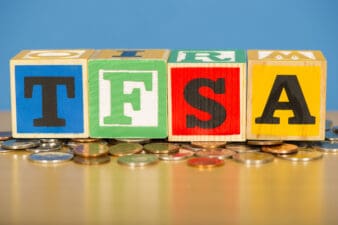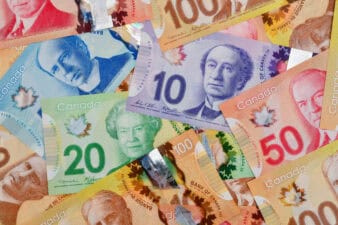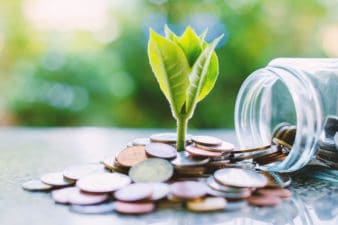Over any one year, it is typically very easy to look at one’s rate of return. Most investors do the simple math, calculating the ending market value and the beginning market value. Unfortunately, those calculations, which seem very easy, can quickly become much more difficult.
The formula is very straightforward for investors who have made no additions or subtractions to their accounts, but most investors have to add one more step in the calculation.
For savers and retired investors, their ending balances have to be adjusted for additions and subtractions. Taking an investor with an ending account balance of $110,000 and a beginning balance of $100,000, the return of 10% is altered when cash enters or leaves the account.
For a responsible saver, the return will be less than 10%. Assuming the investor saved $5,000 throughout the year, then the return will be calculated as
($110,000-$100,000-$5,000)/$100,000 = 5%.
For a retired investor with the same beginning and ending account balances, the returns will be much better. Assuming the retired investor made a $5,000 withdrawal, the adjustment to our calculation would be to add the $5,000 withdrawal instead of subtracting it. The return would be 15%.
The question these calculations can lead to is, should the entire amount of the cash flow be counted due to the timing of the transaction? If an investor contributed $5,000 to their account early in the year, then the amount could (arguably) be added to the beginning account balance. The reason is, the money was available for investment throughout the year.
What about individual securities?
The good news for investors is how easy it is to calculate the returns on individual securities. Excluding commission, investors can take the ending market value and subtract the purchase price and add the dividends.
Let’s use shares of Toronto-Dominion Bank (TSX:TD)(NYSE:TD) as an example. The closing price on April 13, 2016, was $55.23. Over the course of one year, the dividends received by shareholders totalled $2.25, and shares closed on April 13, 2017, at a price of $64.87. Let’s do the return calculation for an investor who purchased the shares exactly one year ago:
($64.87 – $55.23 + $2.25) / $55.23 = 21.5%
While the return calculation for an individual security is much easier to calculate than the return for an entire portfolio, investors must realize the importance of considering both numbers. Obviously, each stock purchased needs to be considered individually, but when a smaller amount of money comes in from a dividend and is then reallocated into the next investment, this leads to additional returns.
Making money from the growth of one’s initial investment is referred to as compounding and can be thought of as an investor’s best friend.
Investors who purchased shares in any one of Canada’s big banks had the opportunity to receive a large amount of dividends. If we take the past five years as an example, shareholders of Toronto-Dominion Bank have received dividends close to $9.50 per share. The dividend return alone has been close to 23% in total (assuming a purchase price of $41 net of stock splits).









